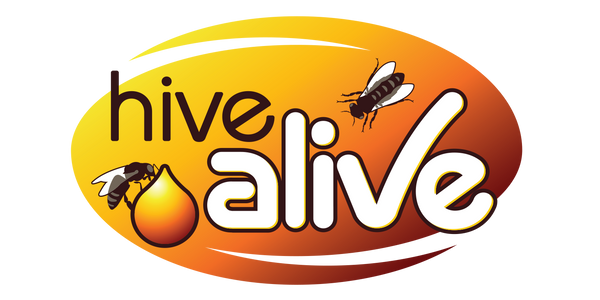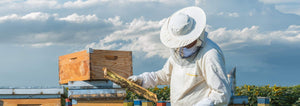 Chalkbrood is a fungal disease called Ascosphaera apis that affects the gut of the bee larva. The fungus starts in the gut of the larva and competes for the larva’s food causing the larva to starve. Once the larva has died the fungus goes on to digest the rest of the larva covering it in a white mould which gives it a white “chalky” appearance which makes Chalkbrood easily identifiable.
Chalkbrood is a fungal disease called Ascosphaera apis that affects the gut of the bee larva. The fungus starts in the gut of the larva and competes for the larva’s food causing the larva to starve. Once the larva has died the fungus goes on to digest the rest of the larva covering it in a white mould which gives it a white “chalky” appearance which makes Chalkbrood easily identifiable.
Chalkbrood is most common in the spring and in damp weather. Other factors which may promote Chalkbrood are inadequate nutrition and other diseases or conditions such as chilled brood or colony stress. Some strains of bee are more resistant to Chalkbrood. Not using old combs may also help. Beekeepers have found HiveAlive™ extremely beneficial for colonies that have chalkbrood.


